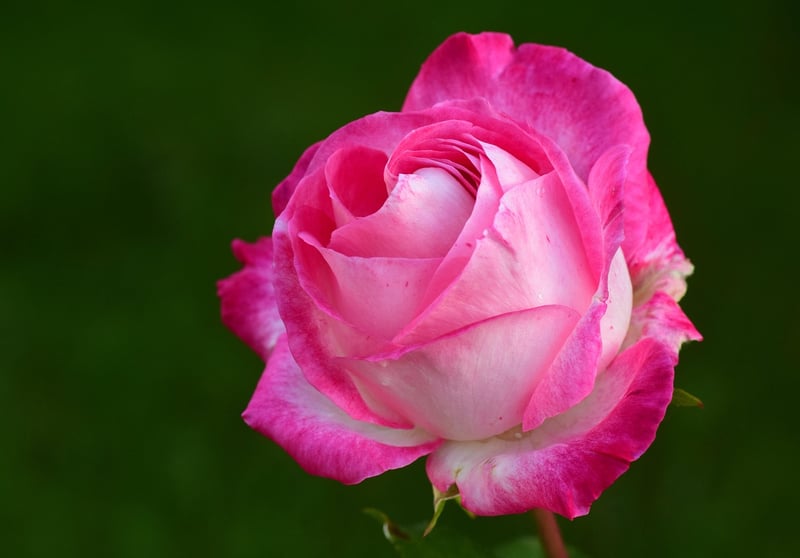Pruning Techniques
Keep Your Garden Thriving: Essential Pruning Techniques
Having a flourishing garden requires more than just planting the right flowers or vegetables. Proper maintenance, like pruning, is essential to ensure your plants stay healthy and vibrant. In this article, we'll explore some essential pruning techniques to help you keep your garden thriving.
Why Pruning is Important
Pruning is the process of selectively removing certain parts of a plant, such as branches, buds, or roots. This practice offers several benefits:
- Promotes plant health by removing dead or diseased branches.
- Controls the size and shape of the plant, preventing overcrowding.
- Encourages new growth and flowering.
- Improves air circulation and sunlight penetration.
Essential Pruning Techniques
1. Deadheading
Deadheading is the removal of spent flowers from a plant. This technique not only keeps your garden looking tidy but also encourages the plant to produce more flowers.
2. Thinning
Thinning involves selectively removing branches to improve airflow and reduce overcrowding. This technique is particularly useful for shrubs and trees.
3. Heading
Heading is the practice of cutting back a portion of a branch, stimulating new growth. This technique is helpful for shaping plants and encouraging bushier growth.
4. Pinching
Pinching entails using your fingers to remove the tips of young plant shoots. This helps promote branching and a fuller appearance in plants like herbs and annuals.
Conclusion
Mastering essential pruning techniques is key to maintaining a healthy and vibrant garden. By incorporating these practices into your gardening routine, you can ensure that your plants thrive and continue to bring beauty to your outdoor space.
Remember, each plant may have specific pruning needs, so be sure to research individual species for the best results.

Happy pruning!
